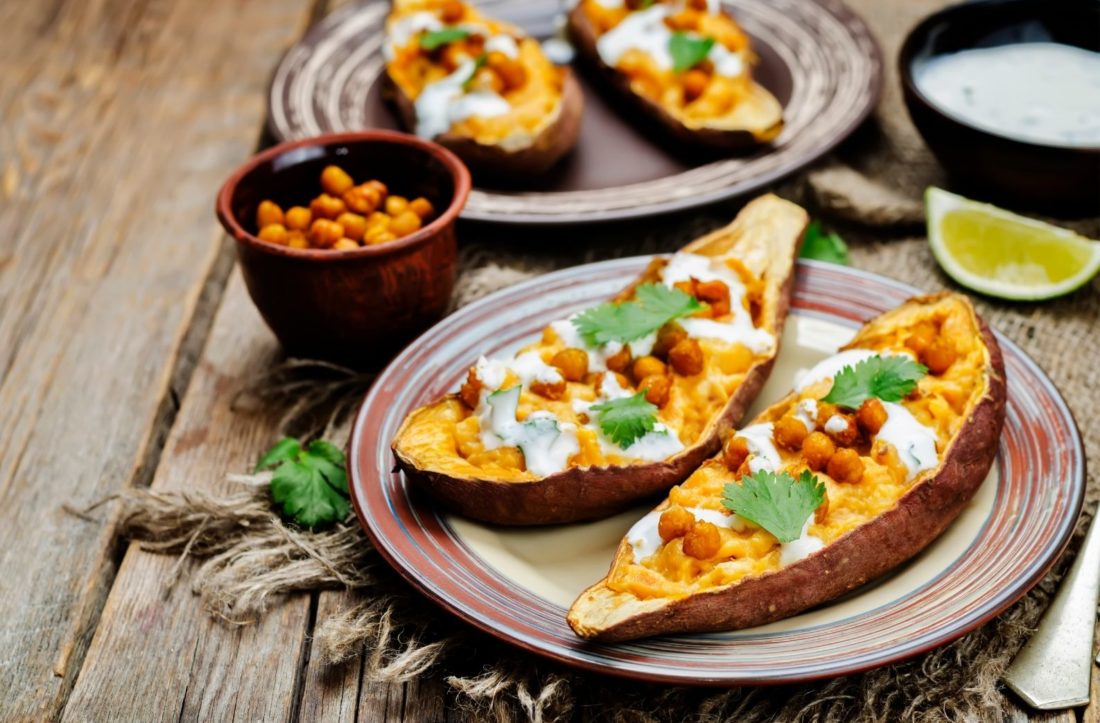Starches are a type of carbohydrate found in foods like potatoes, grains and cereals. While our bodies can easily break down ‘ordinary’ starch, resistant starch as the name suggests, resists digestion in the first part of the digestive system and makes it to the large intestine intact. Here it becomes a fuel source for the good bacteria.
The by-product of resistant starch utilisation is a highly beneficial short chain fatty acid, which has positive effects for gut-wall integrity, healthy digestion and optimal immune function. Other benefits of resistant starch include:
- Improved blood glucose control
- Improved appetite management
- Improved gut microflora makeup
Foods rich in resistant starch include firm, green (slightly unripe) bananas or green banana flour, beans such as red kidney, chickpeas, lentils, green peas, rolled oats and cashews.
Resistant starch can also be formed during food preparation. If we cook potatoes and allow them to cool before eating, there is a modest rise in resistant starch content.
Convenient strategies to increase your intake of resistant starch include:
- Using canned chickpeas, lentils and kidney beans and add to salads, soups and casseroles
- When you buy bananas, select slightly under-ripe bananas and eat them within a couple of days or try adding green banana flour to a smoothie
- Keeping frozen green peas in your freezer and add to curries, stews, soups and stir-fries
- Including a ¼ cup of cashews as a quick snack


